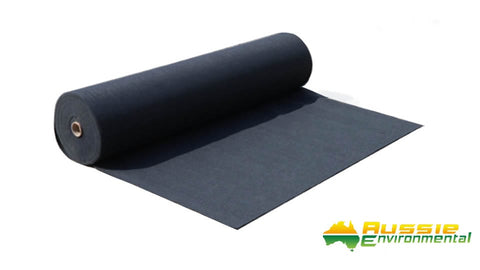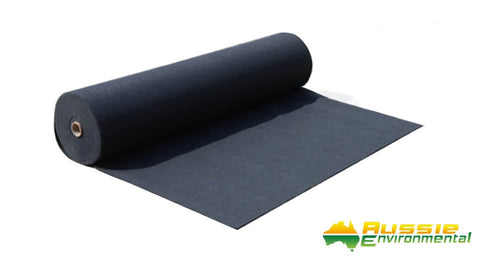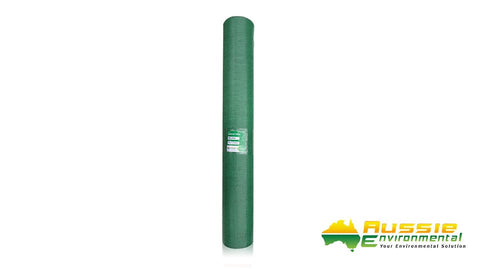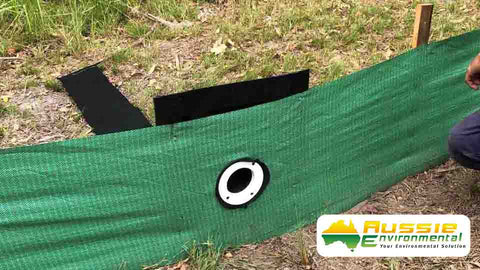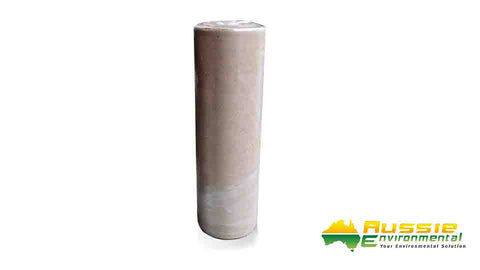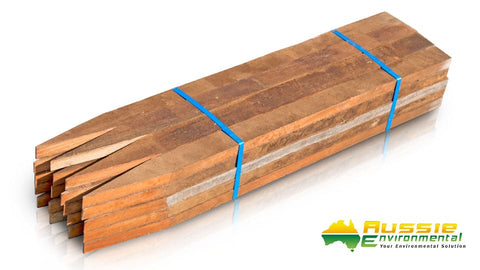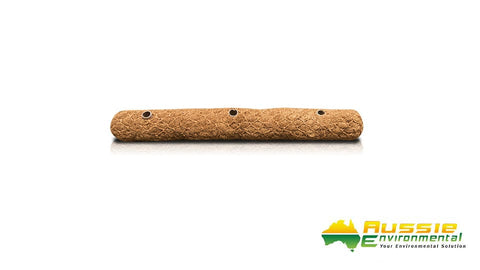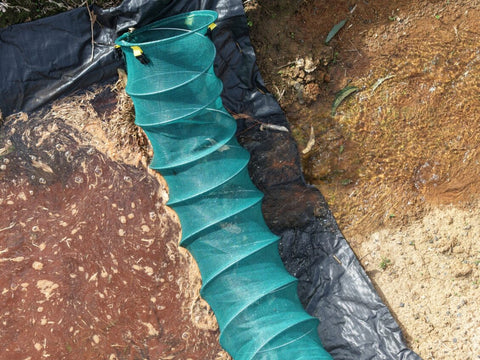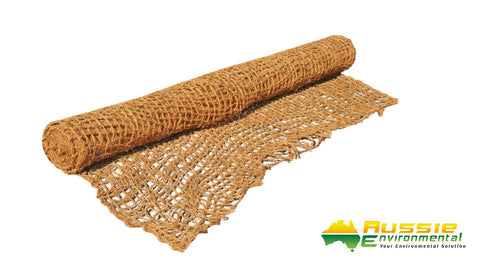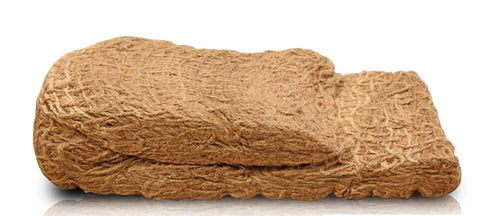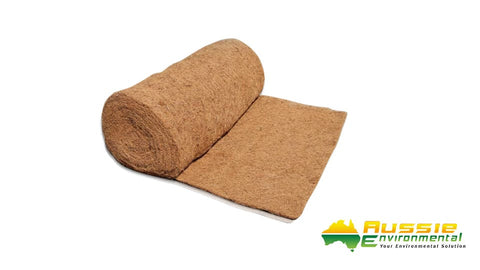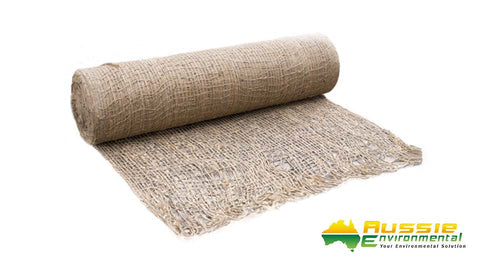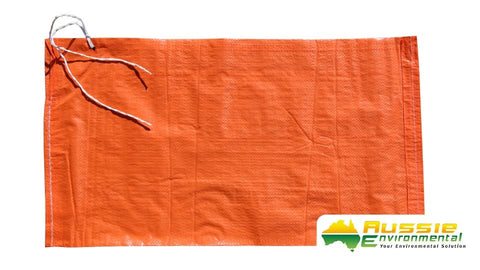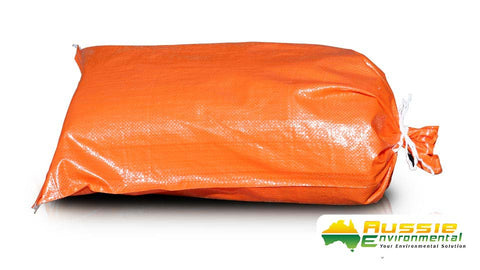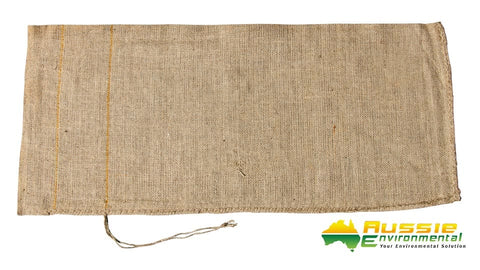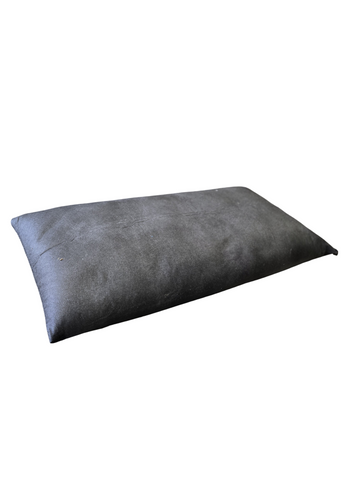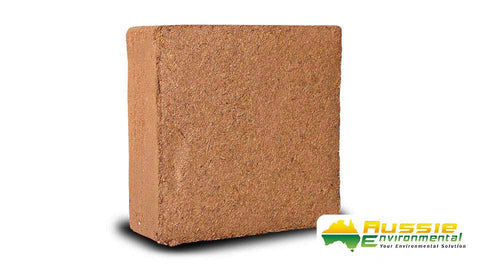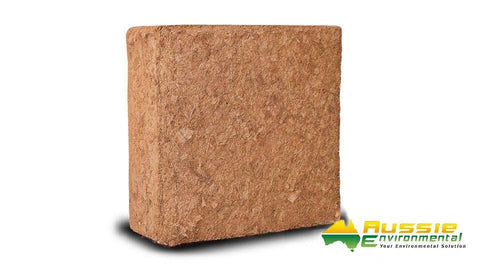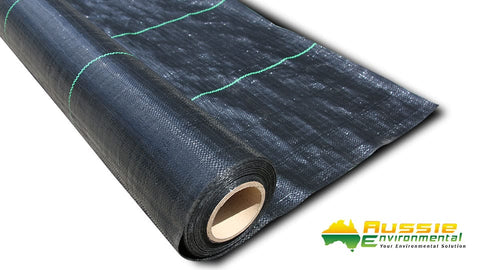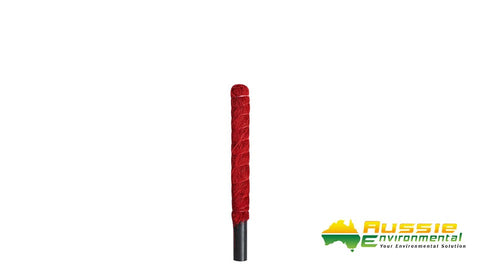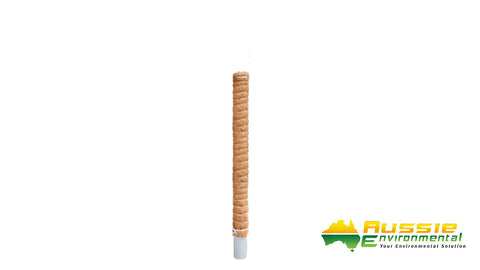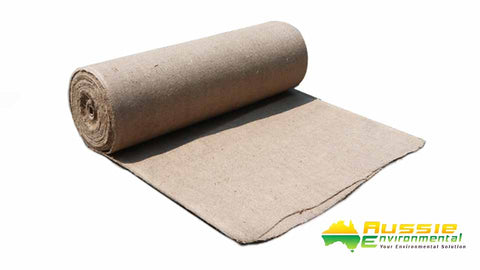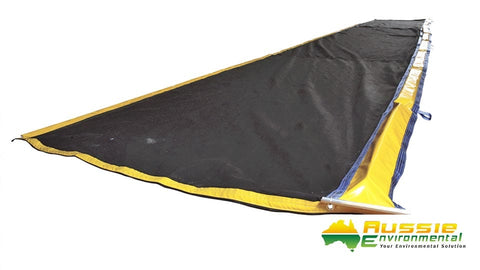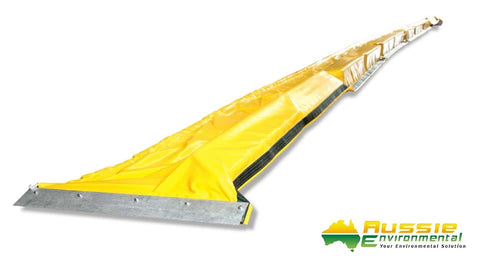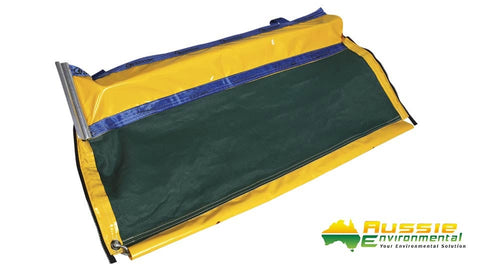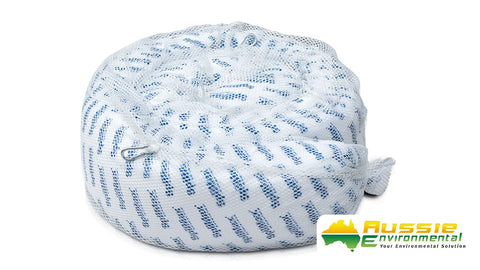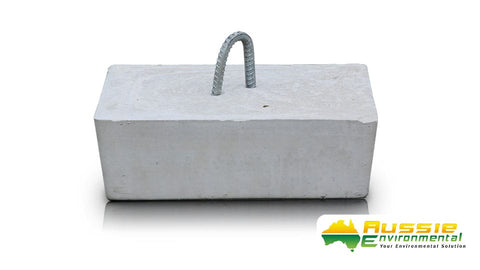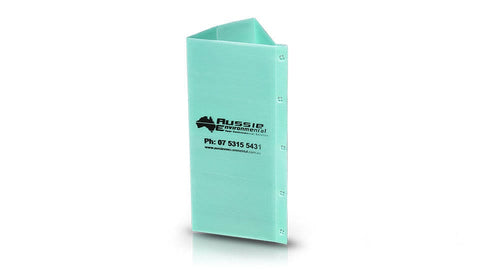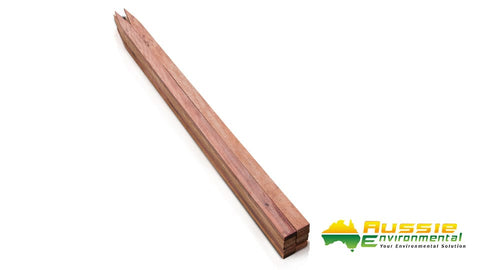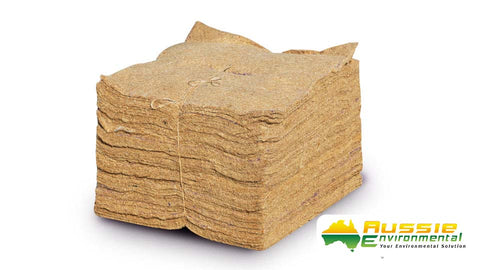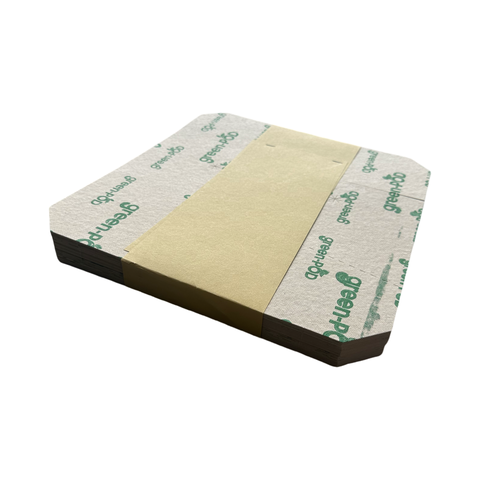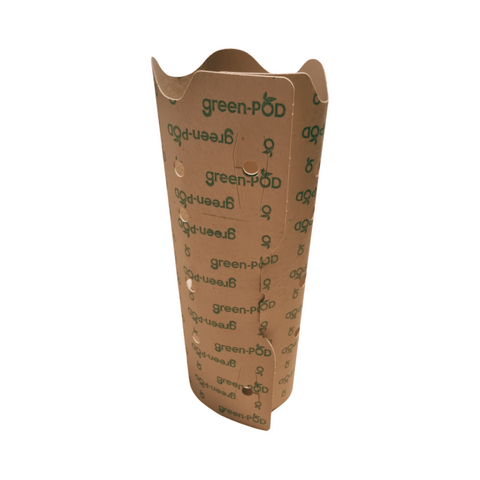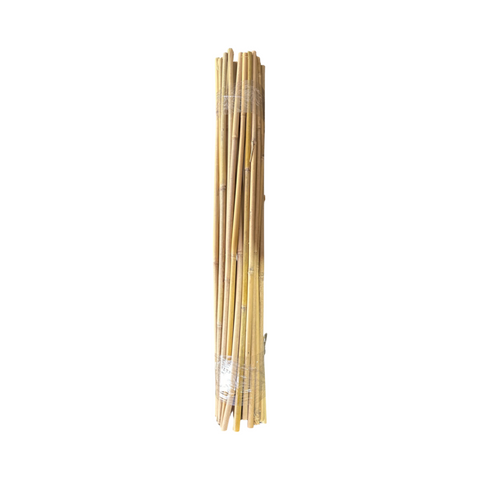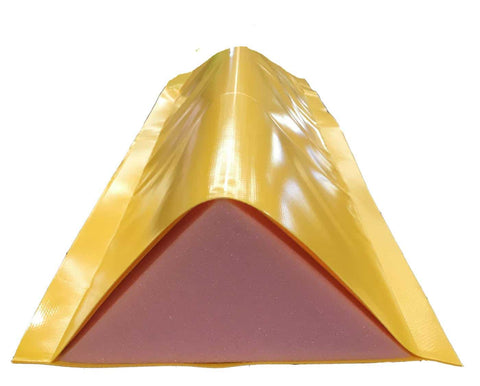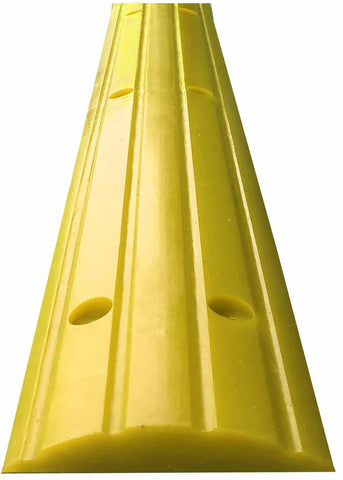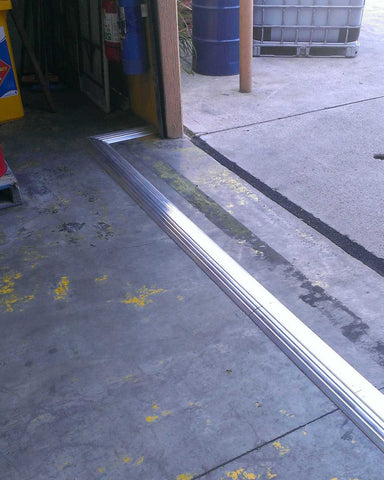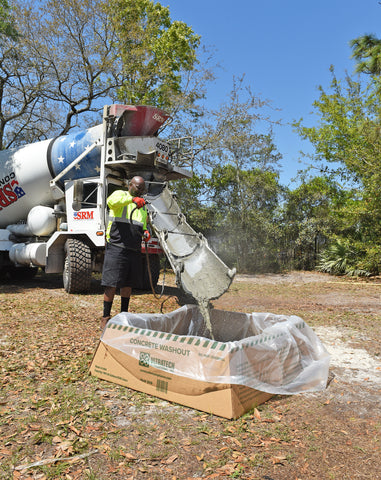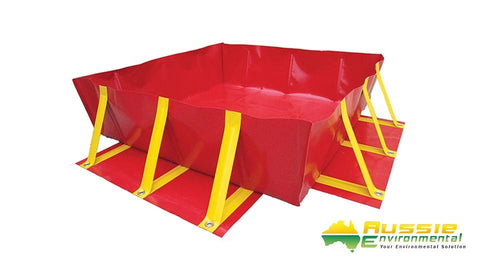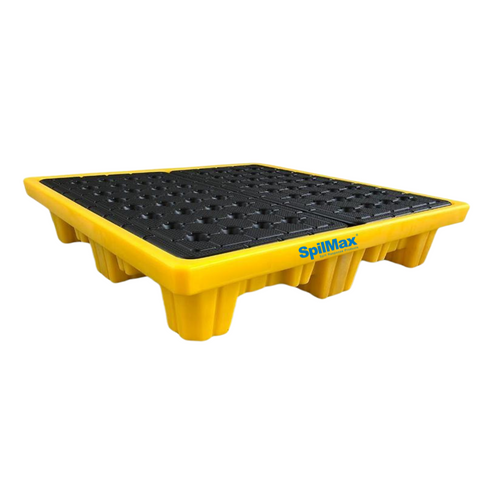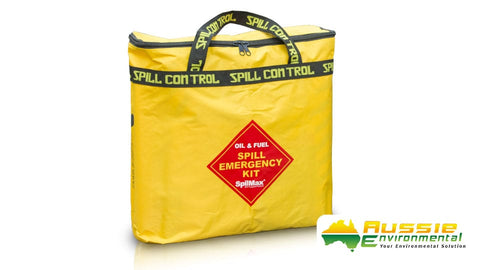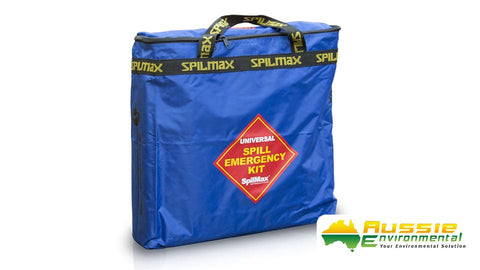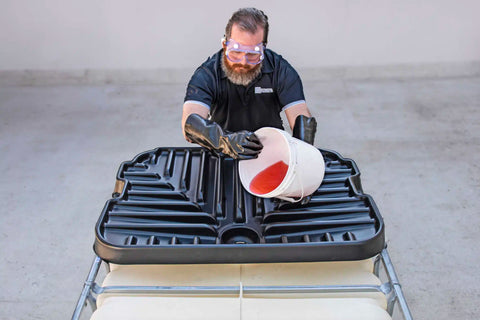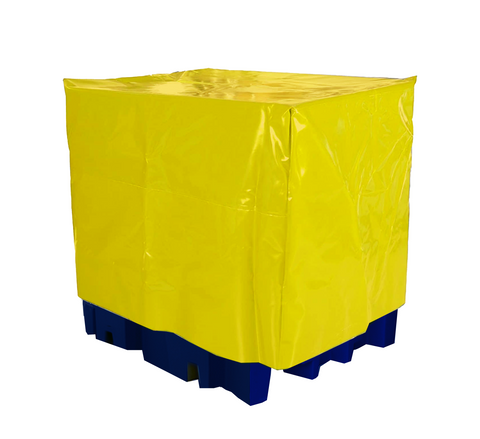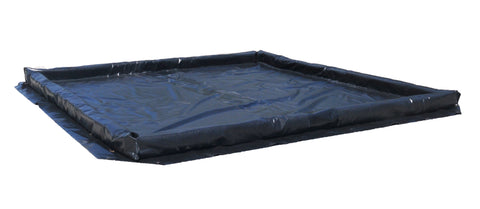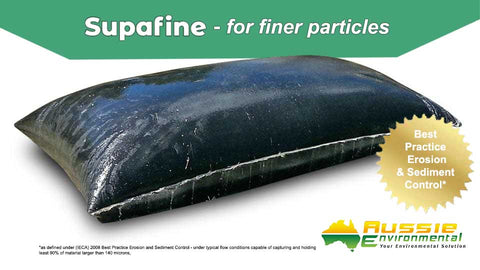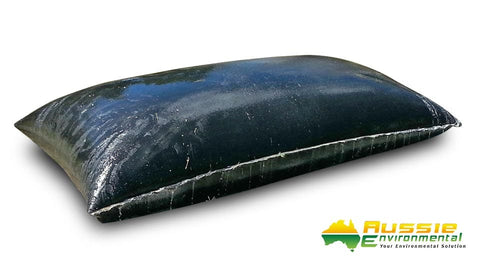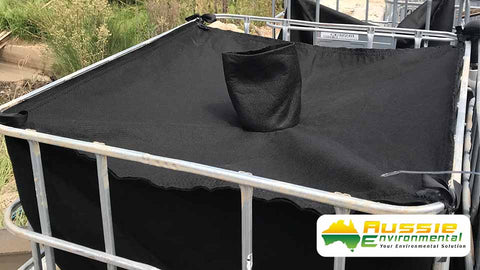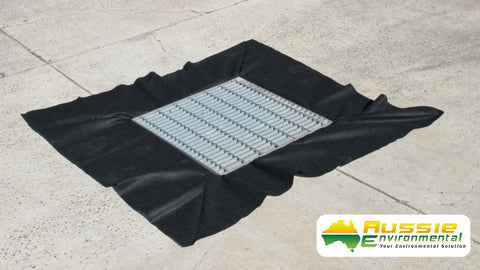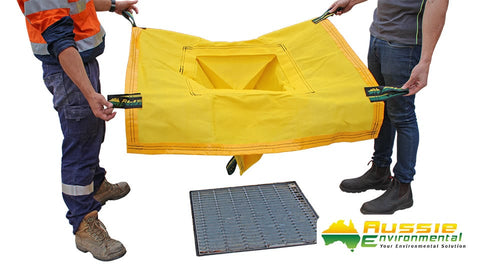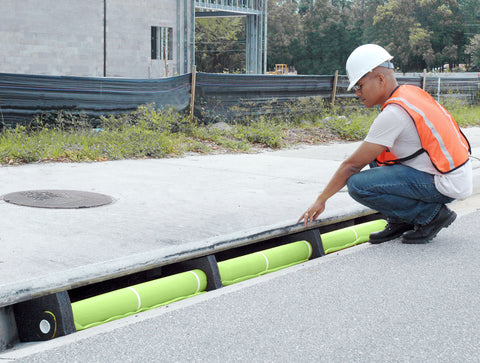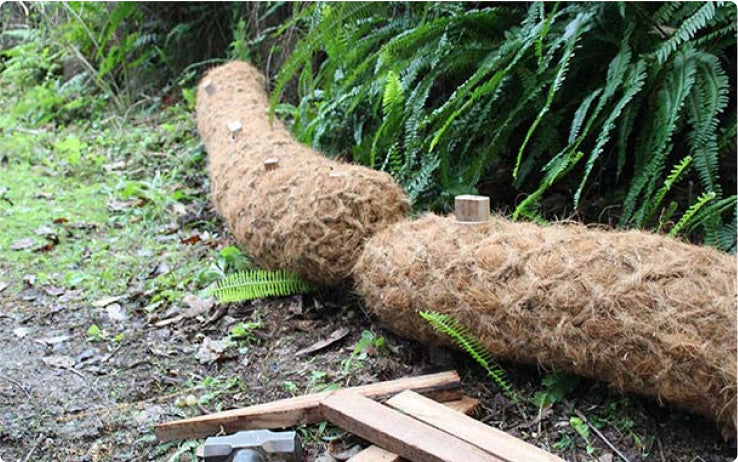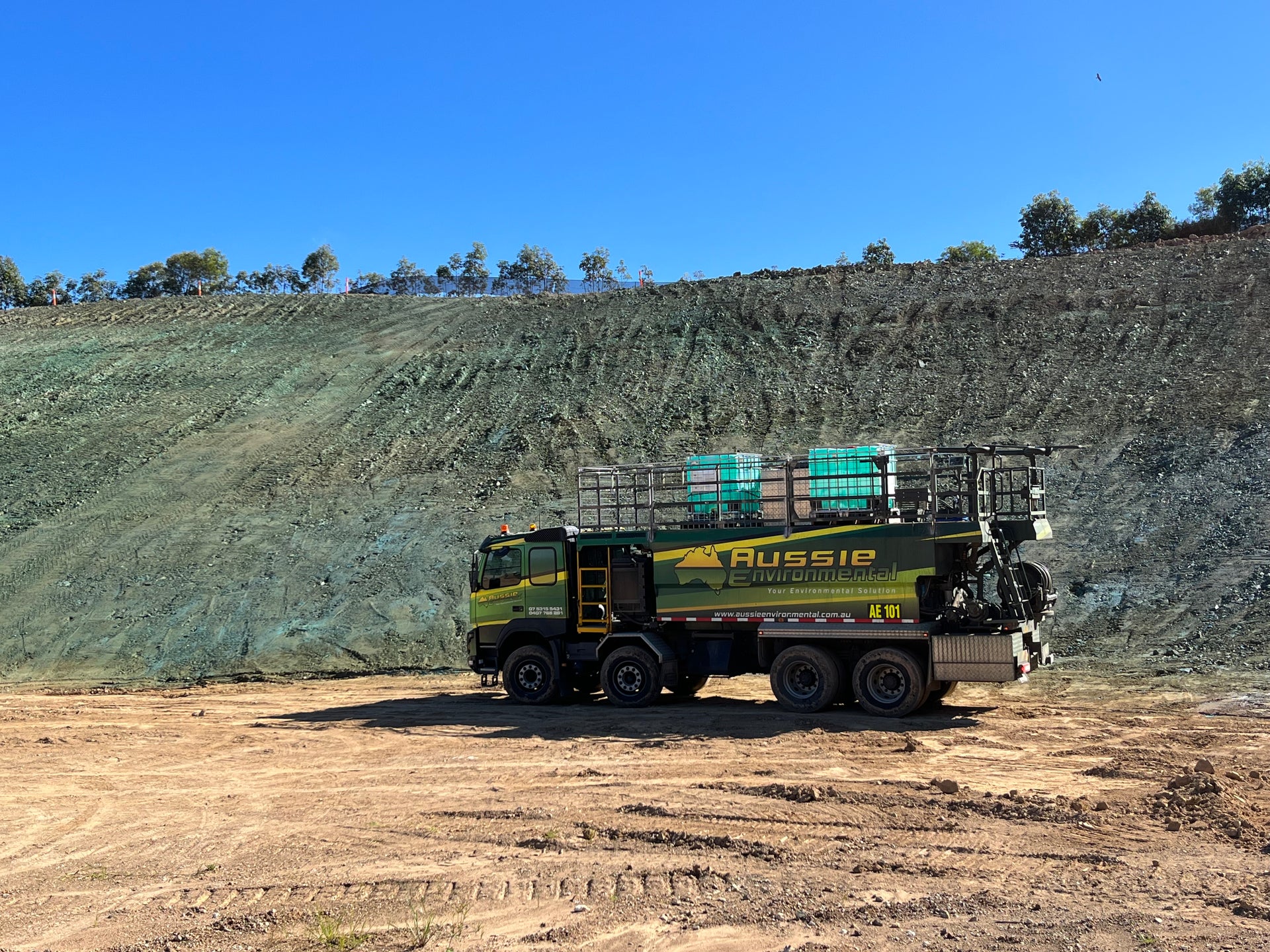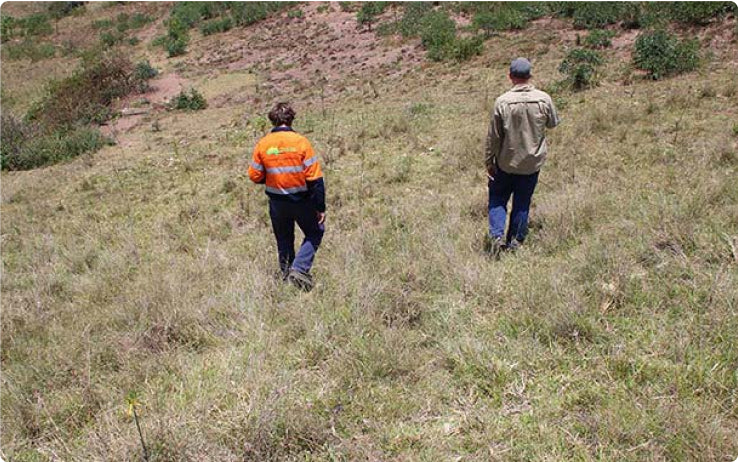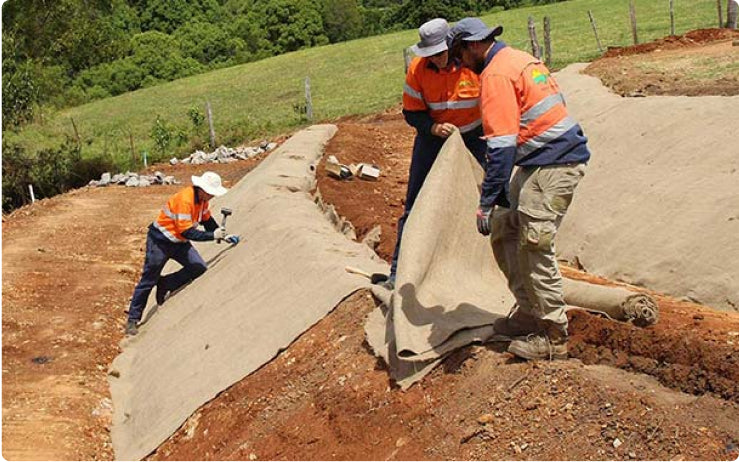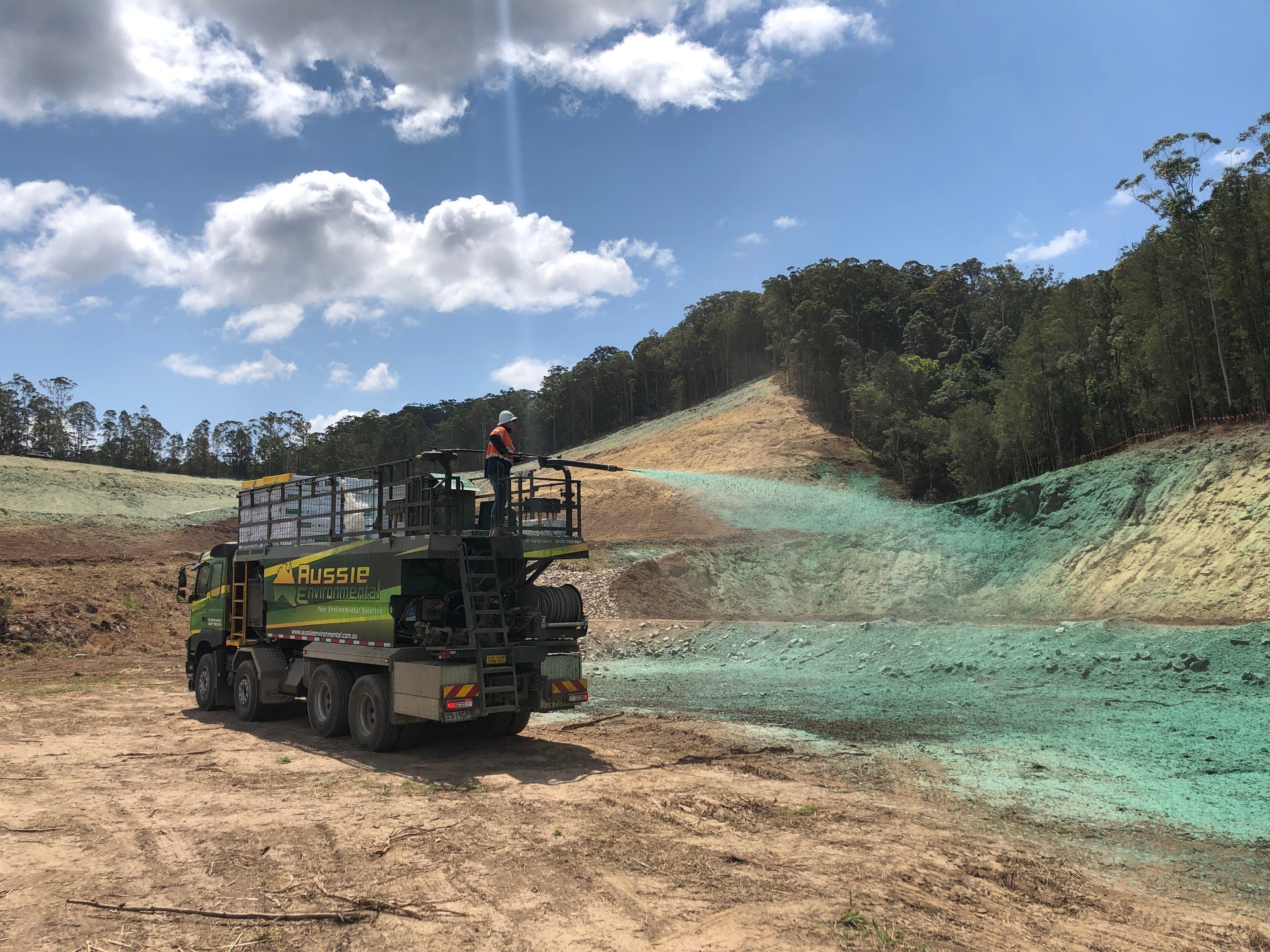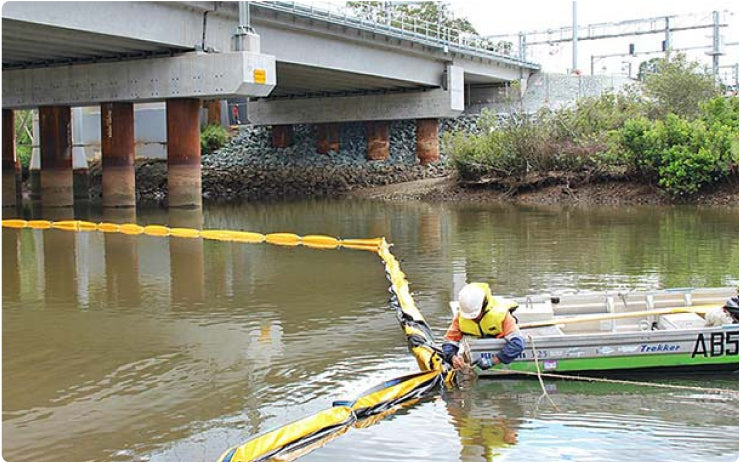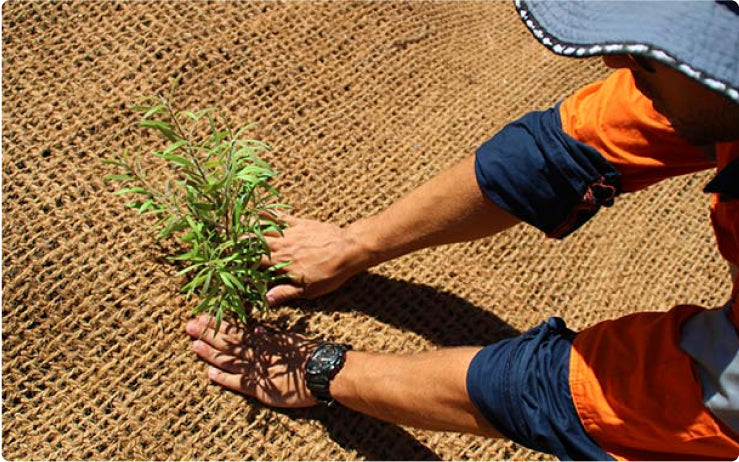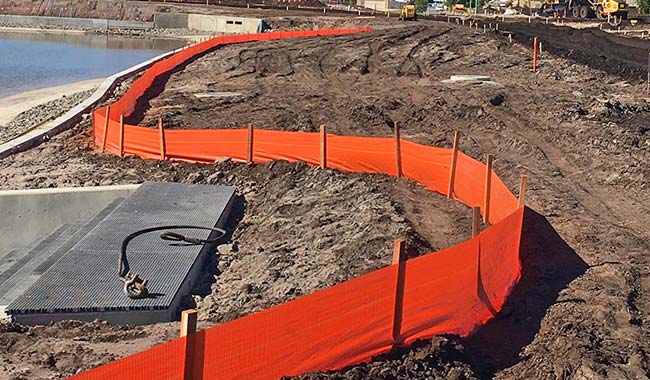Hydromulching vs. Traditional Seeding
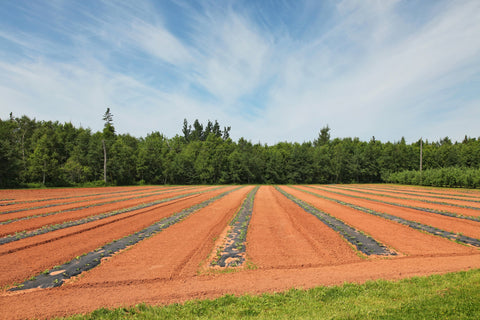
When it comes to establishing healthy and robust grass, the two common options for large scale revegetation are hydromulching (hydroseeding) and traditional seeding. Both methods aim to enhance landscapes, but they differ in application, cost, and results.
In this article, we’ll help you understand the difference between the two seeding processes enabling you to choose the best method for your landscape needs.
Hydromulching
Hydromulching is a quick and effective technique that delivers a slurry of seed, mulch, fertiliser, water and binding agents directly onto prepared soil, providing fast coverage. This mixture helps the soil to retain moisture, creating an ideal environment for seed germination and early growth.
This method is widely used for establishing residential lawns, landscaping large commercial areas, restoring vegetation on construction sites, and controlling erosion on steep slopes, embankments, and roadside projects.
A key benefit to hydromulching is its ability to provide fast, even coverage over large or difficult-to-reach areas. It also holds seeds in place and shields them from wind and rain, helping to prevent soil erosion.
While you may require a higher budget for hydromulching, the investment is worth it as it produces a lush, uniform lawn faster than traditional seeding. And because it allows for custom seed blends, it is adaptable to different climates, soil types, and landscaping needs.
Traditional Seeding
Traditional seeding is the classic method of sowing seeds by spreading them directly onto soil, either by hand, broadcast spreader, or mechanical seeder. It is commonly used for residential lawns, sports fields, gardens, and pasture areas. To begin, the soil must be prepared before seeding.
This involves loosening the soil, levelling, and sometimes adding fertiliser to improve germination. Once the seeds have been spread, they may be lightly raked in or covered with straw to provide protection and retain moisture.
Traditional seeding is one of the most cost-effective ways to grow grass over a small or medium-sized area; and with the added benefit of being flexible, it’s perfect for homeowners or landscapers who wish to choose from a wide variety of grass seed blends that are tailored to their local climates, soil conditions, or sun exposure.
In comparison to hydromulching, germination can take a little longer, yet traditional seeding remains a reliable, simple, and widely accessible option for achieving healthy, long-lasting turf.
Hydromulching or Traditional Seeding: Which is the Better Option?
Deciding whether your project will benefit most from hydromulching or traditional seeding depends largely on its size, your budget, and your goals.
If you need to cover large areas quickly, especially slopes or erosion-prone sites, hydromulching may be the better option. If, however, you wish to work on a smaller area such as residential lawns and gardens, then opting for budget-friendly traditional seeding may be the better choice.
To conclude, hydromulching is best for speed, coverage, and erosion control, while traditional seeding is better for affordability and small-scale projects. Get started on your journey to a lush green landscape and contact us for more information at info@aussieenvironmental.com.au or call us on 0753155431.




